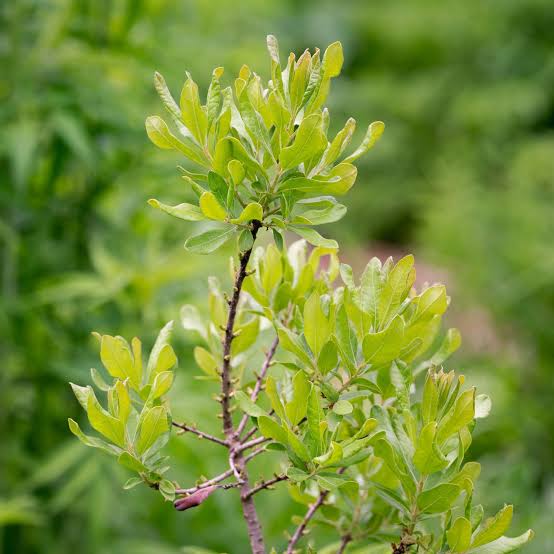- +033 2572 7171
- info@dhanvantary.com

4.5 Rating | 4500 Review

4.5 Rating | 4500 Review
Bayberry or Myrica is a small tree and shrub which grows natively in Asia, Europe, Africa, Australia, South America and North America. It is the genus which have around 35-50 species. Botanically all the members of this family are classified under Myricaceae family and are found throughout the world. It is usually cultivated in South America, Japan, West Indies, United states and United Kingdom.

Myrica, a shrub grows up to the height of 3-8ft. This shrub can be found in the marshy and sandy areas of Great lakes, Atlantic coastal and in bushes of North America. Its American variety is usually used by the herbalist for the medicinal purposes. American bayberry is similar to another herb called English bog myrtle in appearance and grows to its similar height. It is a evergreen shrub with leaves of knife and blade shape and have small spots on them. On crumpling leaves and bark of this tree produces amazing aromatic smell. Bayberry has pungent, bitter and astringent taste. Its berries are globular in shape and grow in cluster. Bark of Bayberry is mottled and has brownish-red colored cork under it.
Bayberry is a deciduous shrub which may hang on its some of the leaves during winter. Its leaves are spirally arranged and fruits are small and are called drupe.
It is used for the commercial purpose as well. Bayberry is an economically important crop in China where it is sold fresh, canned, dried, as a alcoholic beverage or juice. In Denmark, it is used to spice the beer. However, wax coating present on its fruit is used to prepare candles, traditionally.
Myrica is widely grown in coastal area or Southern and Eastern North America. It is a popular garden plant throughout the world, where the WEATHER is suitable.
Basically the bark is used for the medicinal purposes but leaves, wax extracted from the fruits and fruits can also be used for the therapeutic purpose. Bark is collected, dried thoroughly and collected in the container.
Bayberry consists of falvonoids, triterpenes, taraxeron, taraxerol, tannins, resins, phenols and rubber substances.
